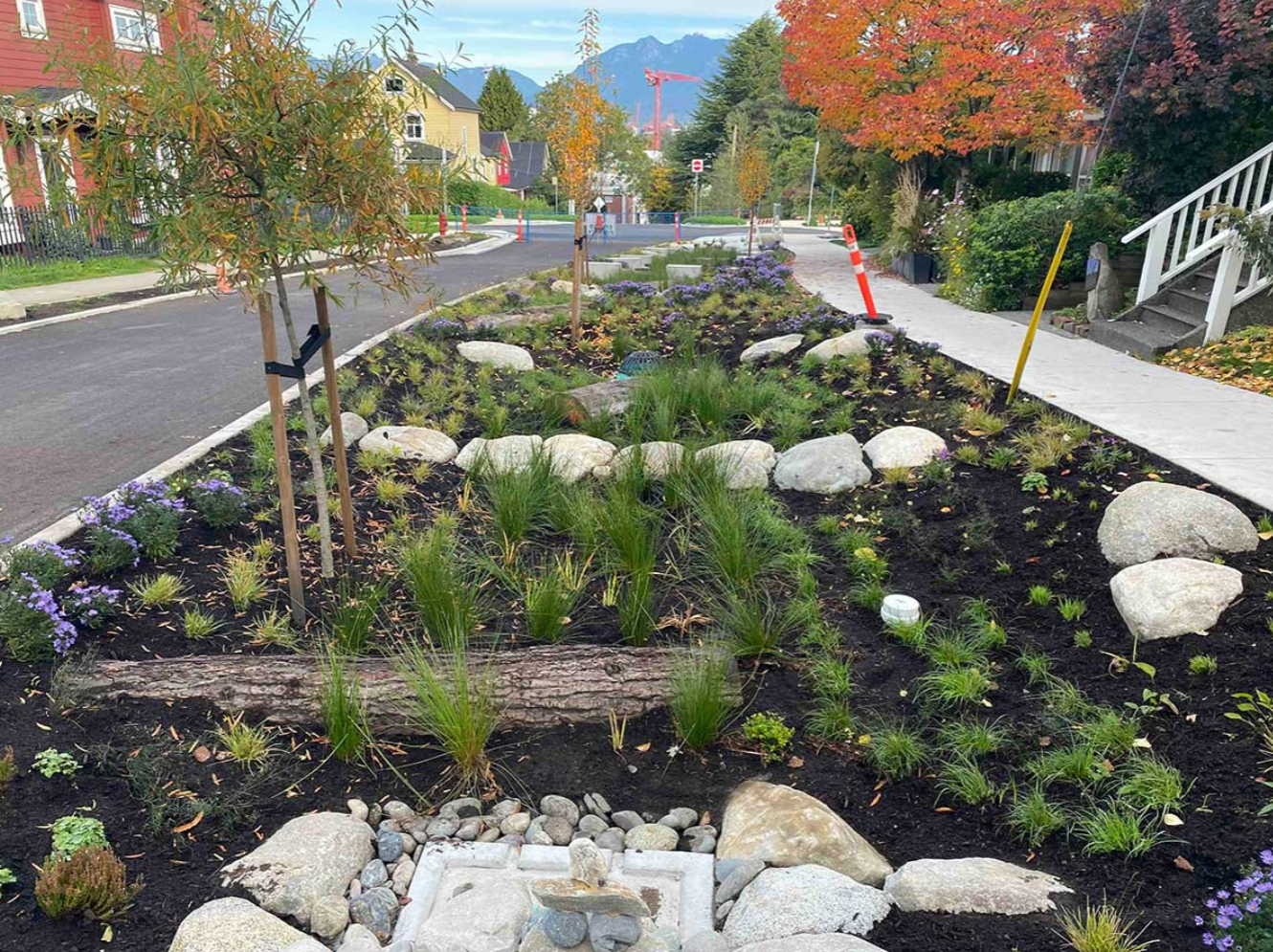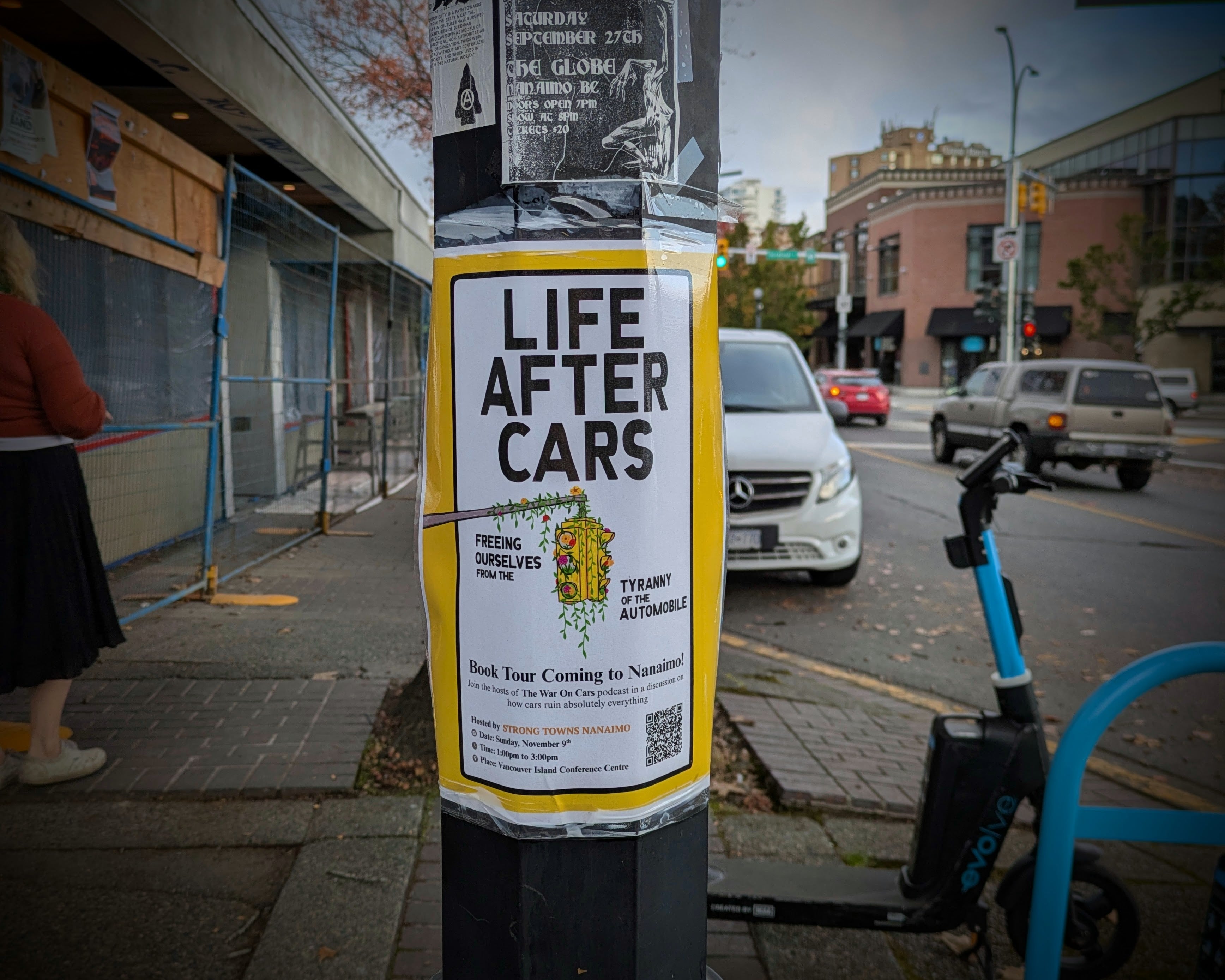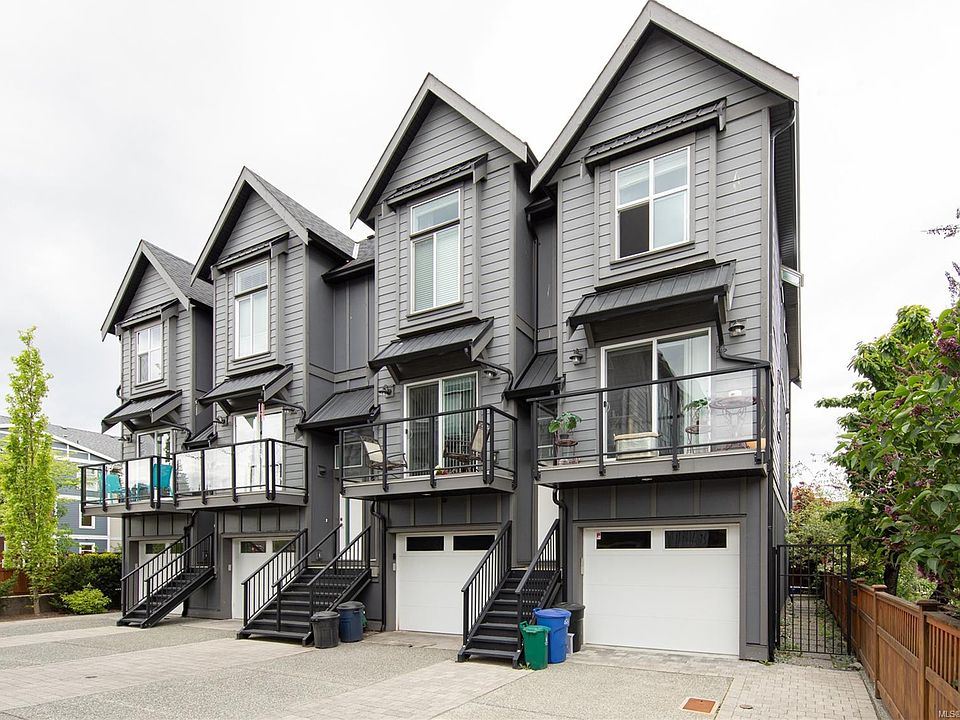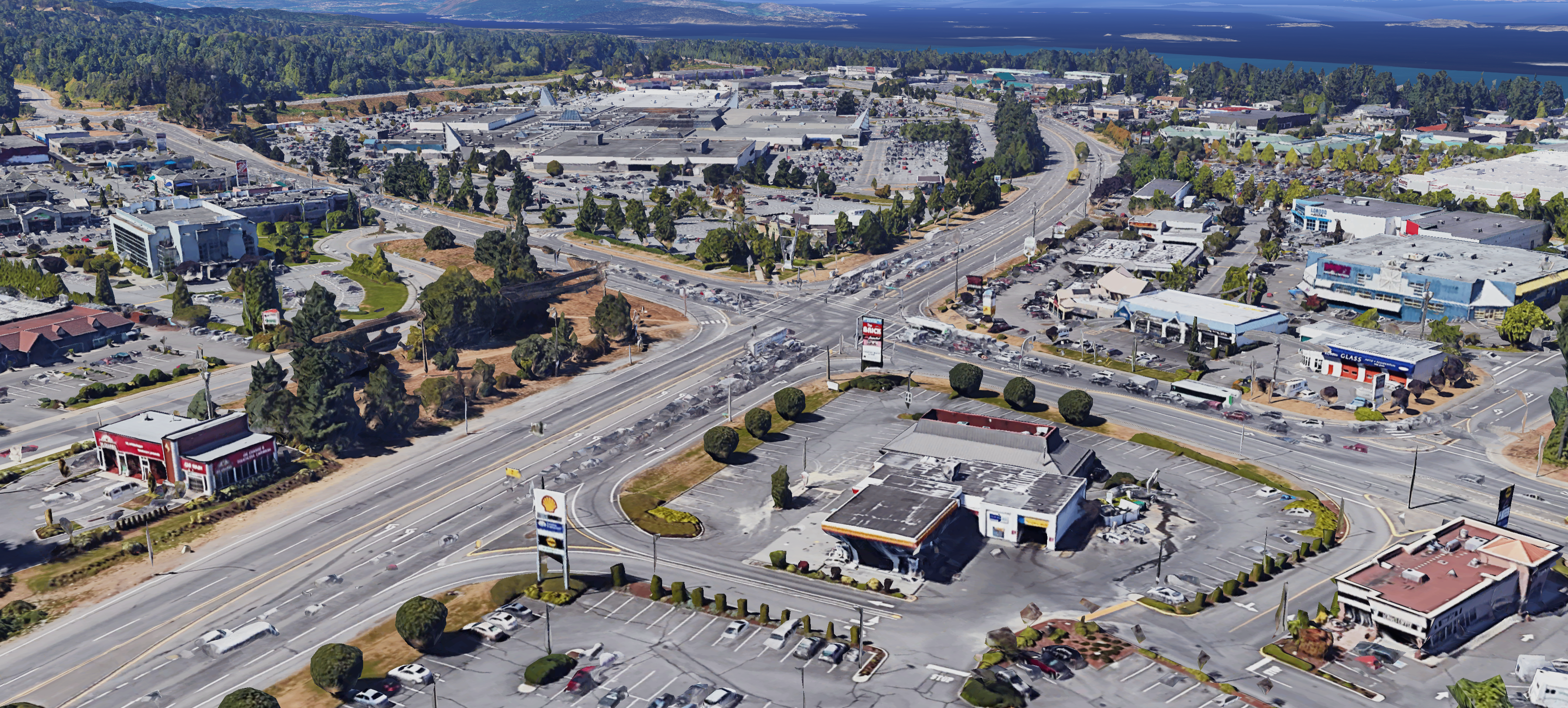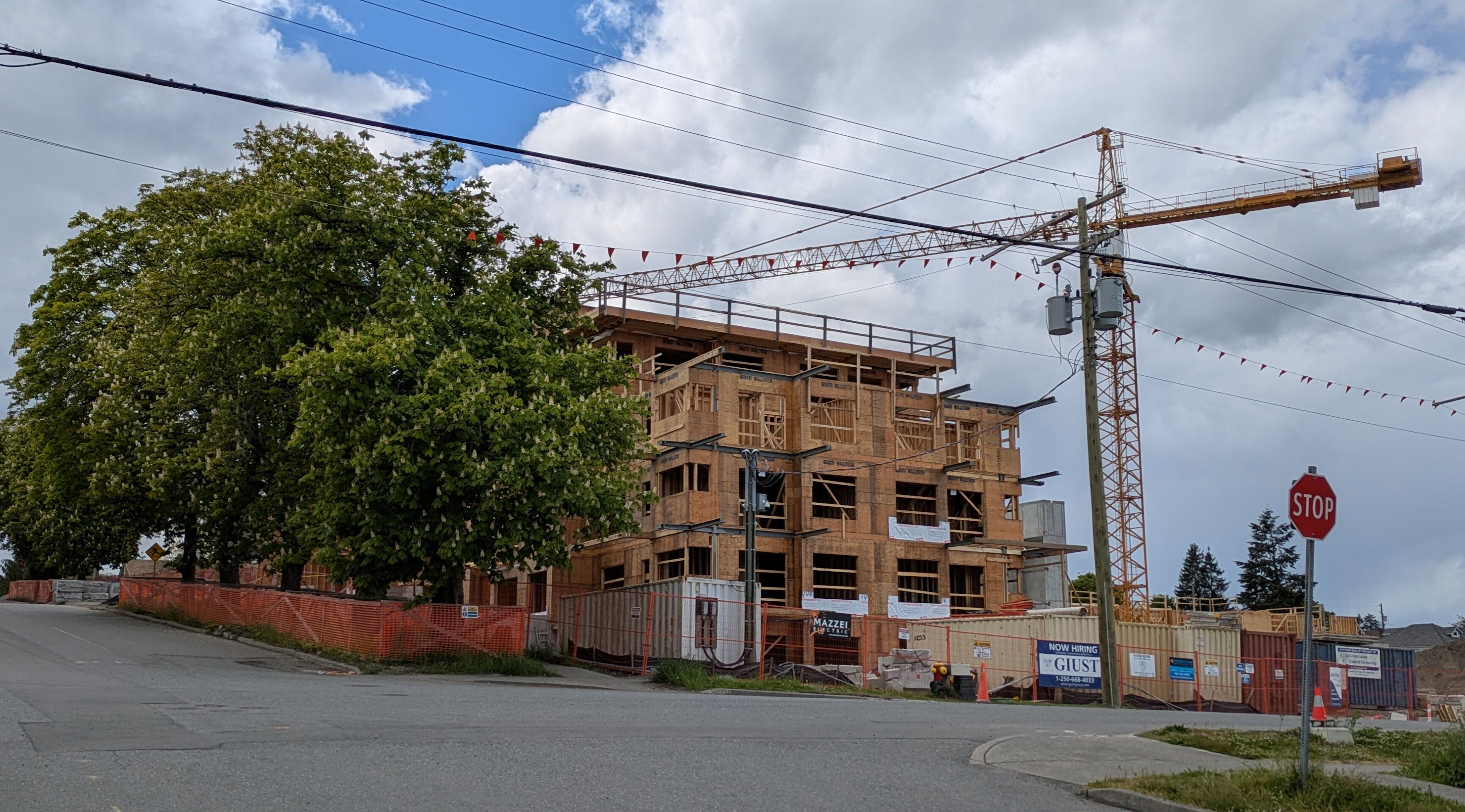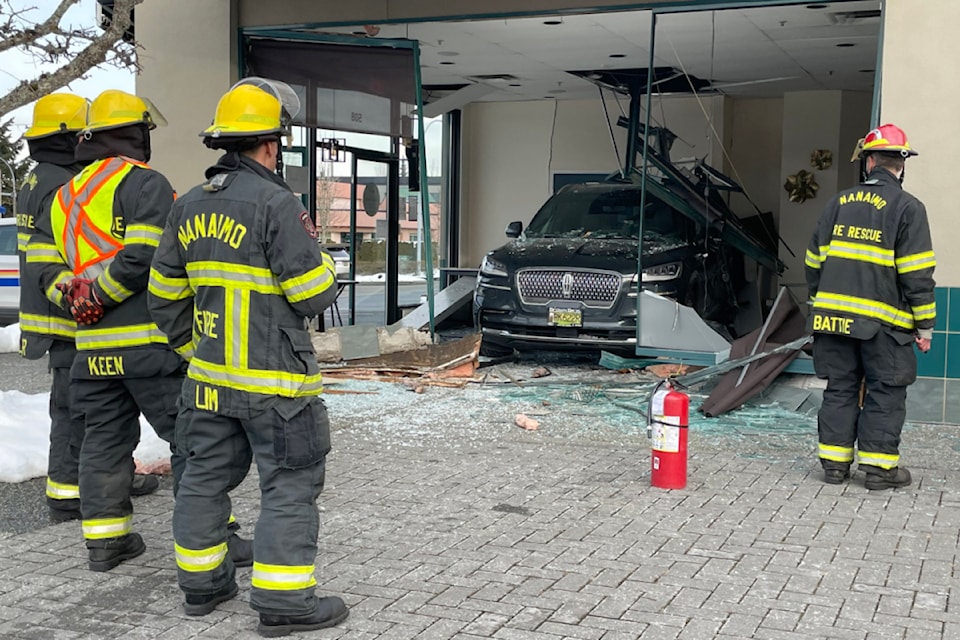Last year we covered the City’s plans to increase housing options throughout the city. (You can read about that here). While not as ambitious as we would have hoped, considering Nanaimo is in a full-blown housing crisis, we were happy to see the city moving in the right direction. At the time, Nanaimo was planning on allowing triplex and fourplex housing in some parts of Nanaimo. This was a step in the right direction. More homes are better, after all. Multi-unit housing like townhouses and plexes create more homes on the same size of land used by a single home, the cost is shared by more households which can lower the price of each home overall. But Nanaimo’s need for homes continues as can be seen in the City’s Housing Needs Report.
Progress Has Been Made Provincially
Since last year, however, the province has gone all-in on tackling the issues of housing affordability across the province. In November, the province passed Bill 44 which, among other requirements, set standards for BC cities to remove their restrictive zones. These “restrictive zones’’ are areas in our cities which prohibit anything other than a single-family home and sometimes a duplex from being built. Big surprise: virtually every municipality in BC is primarily zoned for these types of uses, nothing else. There’s nothing inherently wrong with building and living in a single-family home. The issue arises when you legislate all other housing options away from existence making these places “restrictive” and exclusive to many people. Some good examples of these “restricted zones” today might be Departure Bay, Hammond Bay, or Harewood where the vast majority of these areas permit only one home to be built. If you wanted to build a meagre three-unit townhouse in most BC municipalities today, you would have to jump through countless hoops just to reach the starting line. Bill 44 aimed to change that.
Bill 44: Small Scale Multi-Unit Housing
So, what does Bill 44 do? In short, cities must remove their “restrictive zones’’ to allow 3-4 housing units on lots greater than 280m2 and three units on lots under 280m2. For lots greater than 280m2. and near transit with a frequency of 15 min or less, 6 units must be allowed. Currently, there is no frequent transit by this standard in Nanaimo. These standards intend to expand the types of housing options in our neighbourhoods to allow for more affordable types of housing to be built. In places like Vancouver, these homes will still likely be quite expensive often due to land prices. Thankfully, in Nanaimo, this change could hopefully have a more short-term stabilizing effect on our housing market as has been seen in other cities such as Auckland, which was used as a model for the Provincial policy.
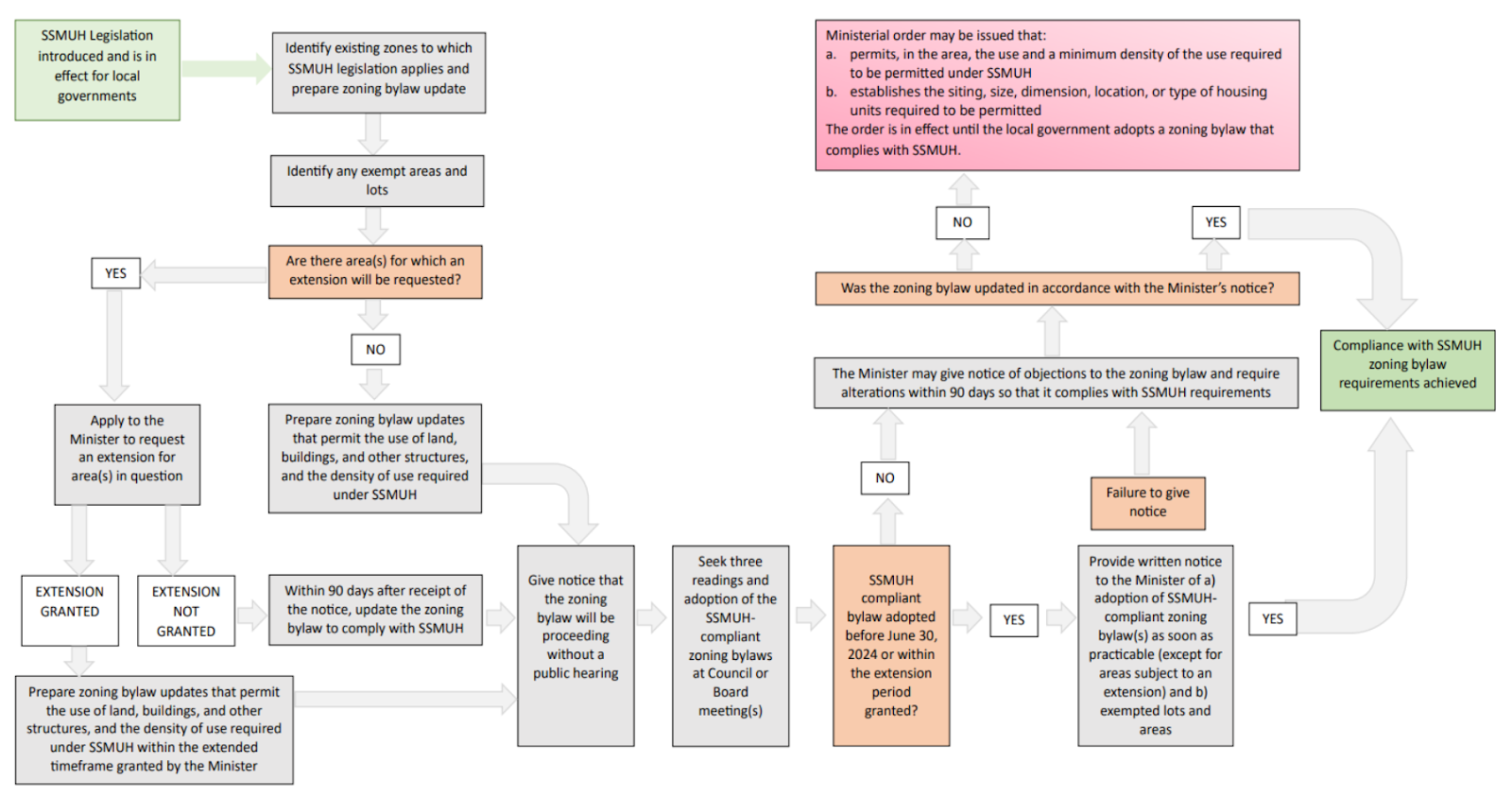 Flow chart showing the implementation plan for the provincial SSMUH legislation. (Province of British Columbia)
Flow chart showing the implementation plan for the provincial SSMUH legislation. (Province of British Columbia)
So, how could allowing more units on a single lot help with affordability? While housing unaffordability is a complex issue, the evidence suggests that cities with constrained housing markets see housing prices escalate at a faster pace than places that can keep up with the pace of population growth. This is often referred to as “market elasticity.” This means that when a surge in demand for living in a place grows, the rules, systems, and industries in a city can readily respond to changes in demand. At the moment, demand is huge in Nanaimo. For rentals in 2023, Nanaimo reported a rental vacancy rate of 2.7%, an increase from 2.2% the previous year (note that a healthy vacancy rate is often over 4% or 5%). For Canada, the data is even more grim with the CMHC reporting a vacancy rate of 1.5% for the whole country. The unaffordability of starter homes often exasperates rental vacancies as first-time homeowners opt to remain in the rental market.
Elasticity in Housing Markets
With a healthy housing market, a local builder could see a growing need for starter homes and build those homes. In essence, this is supply catching up to demand. If municipal rules and regulations make those starter homes difficult to create, the overall market becomes less elastic, and developers fail to meet demand. Elasticity in housing markets is linked to “zoned capacity” which is simply how much land in our city is available to take on more housing. In places like Calgary, this often looks like sprawling out further into the suburbs. But in Nanaimo, a city situated between water and mountains, sprawl is not a practical or financially sound option. Just recently, action was taken to prevent this kind of development into the Harewood Plains. Small infill like the kind provided through Bill 44 can reduce the need for damaging sprawl and protect our green space.
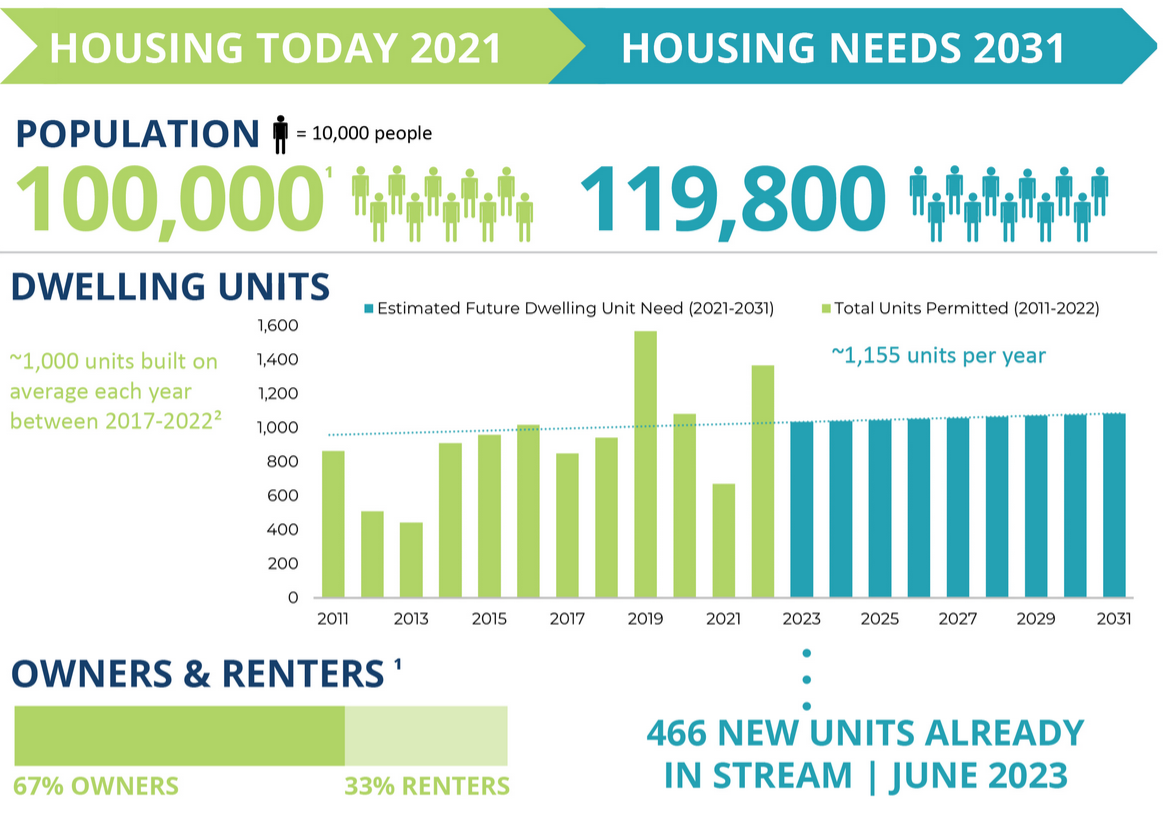 Nanaimo’s projected growth numbers and housing needs assessment. (City of Nanaimo)
Nanaimo’s projected growth numbers and housing needs assessment. (City of Nanaimo)
How can we accommodate our growing population without sprawling out? We use what we already have! Nanaimo is rezoning low-density zones, such as R1, R2, R4 and R13, to allow for the construction of denser housing forms. These four zones make up the overwhelming majority of Nanaimo’s land. If you want, you can take a look for yourself on the City’s interactive zoning map to see just how much land is used for single homes. These lots hold the potential to greatly expand our housing options over the coming decades and allow our city to slowly adapt to new changes.
The Future of Housing in Nanaimo
While some have decried Bill 44 as the end of the single-family home, it most certainly is not. Rather, it grants the freedom to build a wider variety of housing types in our cities. Residents will have more options when it comes to deciding what to do with a property. Want to partner up with your family and build a Plex with a laneway house for the grandparents in the backyard? You could do that now! Before, your options were more limited. Strong Towns are all about incremental improvements in our cities; Bill 44 allows our cities to grow naturally and adapt to our ever-changing housing needs. It will take time. It’s not cataclismic.
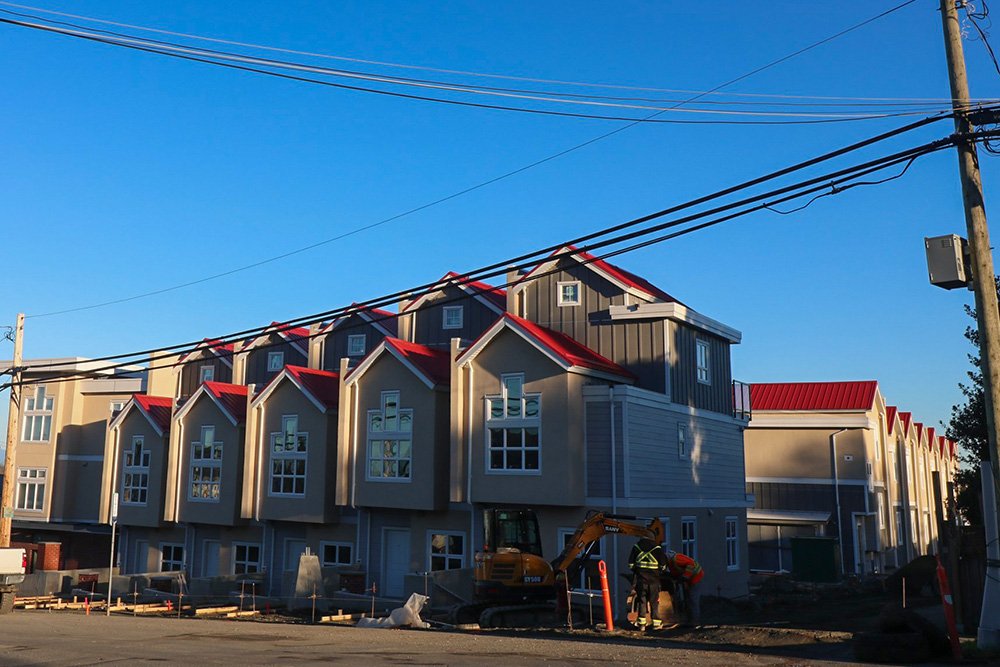 Wonderful new SSMUHs being built at the corner of Albert and Milton downtown. (City of Nanaimo)
Wonderful new SSMUHs being built at the corner of Albert and Milton downtown. (City of Nanaimo)
Allowing 3-4 homes sounds simple on paper. However, the devil is in the details. Before and after the passage of Bill 44, many municipalities have tried to implement ways of restricting these types of homes from being built. In Nanaimo, the City has prepared its zoning amendments for Council. Next time, we’ll dive deep into the details!
Additional Reading & Resources
You can learn more about implementing Small Scale Multi-Unit Housing in Nanaimo and beyond by checking out the following resources. Includes links to the City of Nanaimo’s Small Scale Multi-Unit Housing Webpage, Small Housing BC, and more.
- 💻 BC’s Small Scale Multi-Unit Housing Webpage
- 💻 Small Housing BC is a Local Organization Educating citizens and cities on how they can embrace small changes in our neighbourhoods
- 💻 Some information on Auckland’s Upzoning
- 💻 The City of Spokane, Washington is perhaps the most ambitious city when it comes to expanding Middle Housing in North America
- 💻 More on Spokane (Note this is greater density than proposed through SSMUH)
- 💻 FAQ for Bill 44 from the Province of BC
- 💻 UCLA Housing Voice Podcast “What Happened When Auckland Upzoned Everywhere with Ryan Greenaway-McGrevy”
- 💻 Strong Towns - Escaping the Housing Trap
- 📖 Homelessness is a Housing Problem
- 📖 The Affordable City
- 📖 A Paradise of Small Houses
We’ve also written about missing-middle housing in the past. Note that while the photos in this article show townhouses, Nanaimo’s zoning legislation will likely allow for 3-4 plexes on most residential lots.
